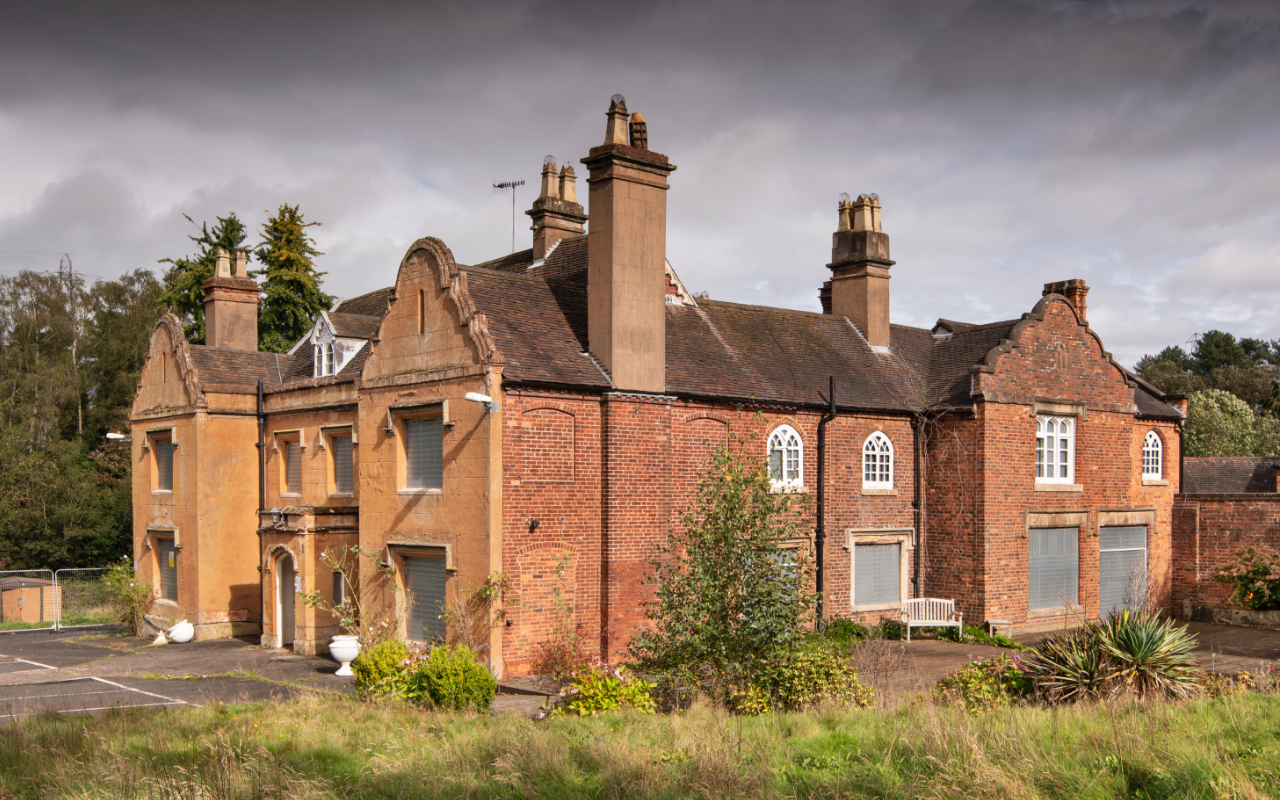
Holbeche House is among the sites added to the register this year
Photo: © Historic England Archive
159 sites added to Heritage at Risk register
The register’s 25th anniversary lists a total of 4,871 entries of heritage sites at risk, 48 fewer than last year.
Heritage England has published its Heritage at Risk Register 2023, which features 159 additions.
The register provides an annual snapshot of England’s heritage buildings and places at risk. Buildings and sites are added to the list if they are at risk of neglect, decay or inappropriate developments.
Over the last year, 203 sites have been removed from the list after being deemed ‘rescued’. In total, there are 4,871 entries on the Heritage at Risk Register 2023 – 48 fewer than in 2022.
READ MORE:
- Heritage Fund selects first areas for place-based funding
- Heritage sector ‘over reliant’ on volunteers, survey suggests
The list’s new additions feature 44 buildings and structures, 53 places of worship, 55 archaeology sites, four conservation areas and 3 parks and gardens.
Among them are Grade-II listed Holbeche House in Dudley, the place to which those associated with the Gunpowder Plot fled in 1605.
Also added to the list is the Great White Horse Hotel in Suffolk – the inspiration for Charles Dickens’ first novel The Pickwick Papers – Upminster Tithe Barn, a 15th century barn in Havering and 19th century Oldway Mansion in Paignton, Devon.
“Protecting our heritage is so important,” said Historic England Chief Executive Duncan Wilson.
“The Heritage at Risk programme shines a light on our historic sites most in need and can help to attract funding.”
25th anniversary
The 2023 edition of the Heritage at Risk Register marks the list’s 25th anniversary. Since 1998, around 6,800 entries have been removed, some three-quarters of the original register.
Historic England says many of the remaining entries from the 1998 register have seen good progress despite “often being the hardest cases to solve”.
Last year there were 29 places of worship, 62 buildings and structures, 98 archaeology sites, 3 parks and gardens and 11 conservation areas taken off the list.
They included one of England’s oldest windmills, Grade-I listed Bourn Mill in Cambridgeshire, a rare Victorian electricity substation in Wimbledon and Holmfirth Conservation Area in West Yorkshire, best known as the setting of the TV series Last of the Summer Wine.
Historic England says buildings and sites are saved from the lists with the help and commitment of local people, communities, charities, owners and funders including the National Lottery Heritage Fund.
“It is truly inspirational to see communities coming together to help save historic buildings and places and find new uses for them,” Wilson added.
“After a quarter of a century of the Heritage at Risk Register, we are celebrating how many places have been saved and continue to find new ways to involve local people in caring for and enjoying their heritage.”
Join the Discussion
You must be logged in to post a comment.